Audio interfaces are useful, but they are expensive, and many are able to get by without using one. However, the time may come when using an interface is a necessity rather than a luxury.
If you are wondering if audio interfaces are useful for you or if you actually need one for your audio requirements, you may be wondering when an audio interface becomes necessary.
You need an audio interface when sending high-quality audio to a computer for any reason. This could be for recording music or sounds, streaming with audio, gaming, important conference calls, or for recording podcasts. Anyone who needs good audio needs an audio interface.
When do you need an audio interface? Well, the answer here is more in-depth than you may have first thought.
Audio interfaces are not simply used for boosting an audio signal, but they are useful for anyone who uses microphones or instruments of any kind. Let’s explore the usefulness of modern audio interfaces.
When Do You Need An Audio Interface?
In the modern world, there are many people who could make use of an audio interface, but they simply do not, or they do not know that they need one.
It is difficult to understand why audio interfaces are so useful when every device that we own has a built-in audio input or microphone of some kind. The truth is that there is no substitute for a good audio interface.
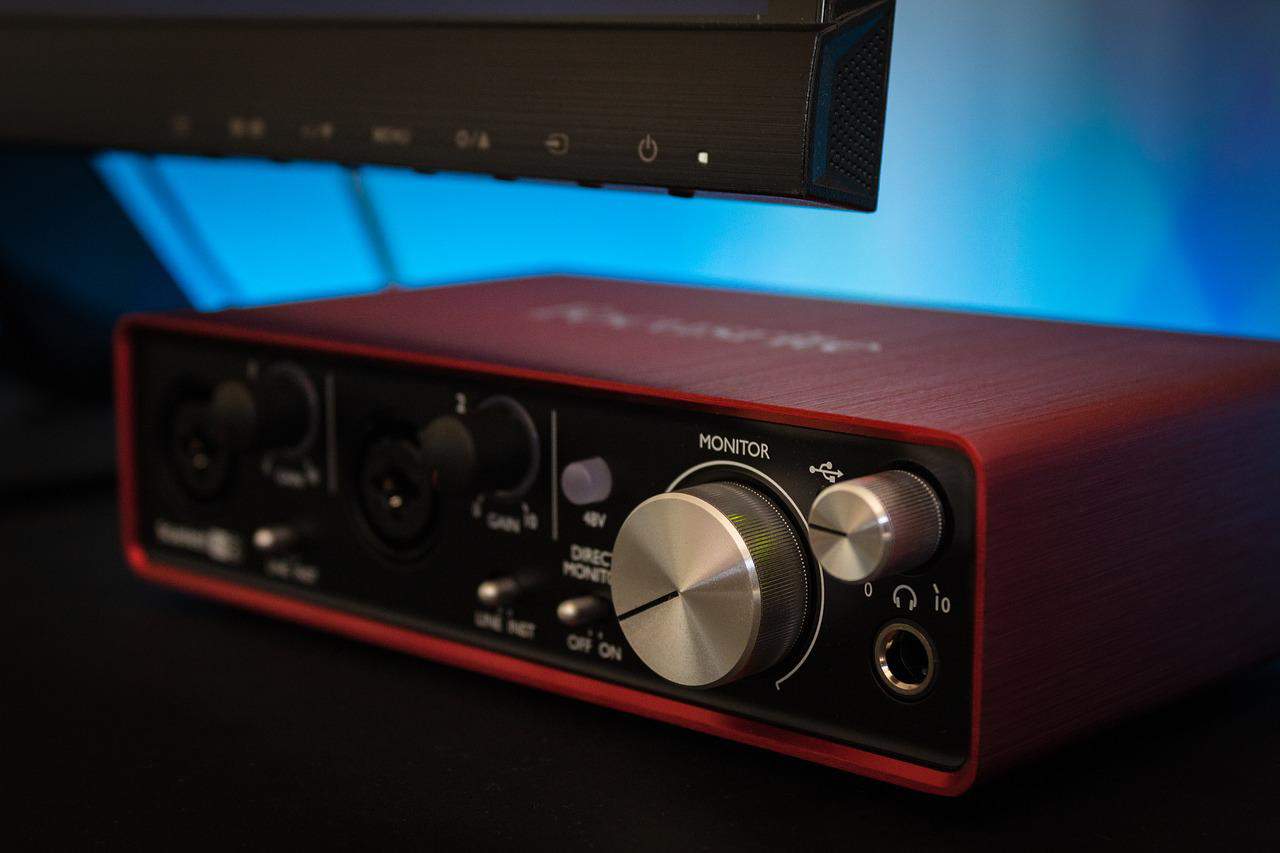
An audio interface is exactly what the name suggests. This device is a way of connecting external devices and hardware that generates an audio signal to a computer in a way that the computer can use.
If you use a microphone, play an instrument, or program sounds on a pad, and you need some way of sending the audio into your computer, the best way to do it is to use an audio interface.
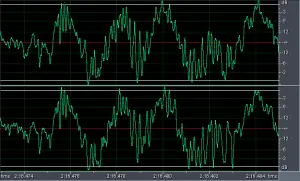
An interface like this converts an audio signal into a format that can be deciphered by a computer in a way that makes it useable for the computer and makes it a functional audio signal that can be manipulated or output by the computer itself.
Without an interface, this process is far more challenging, ineffective, and inefficient. This is what makes using an interface so important, yet, many people do not even know that they need a device like this.
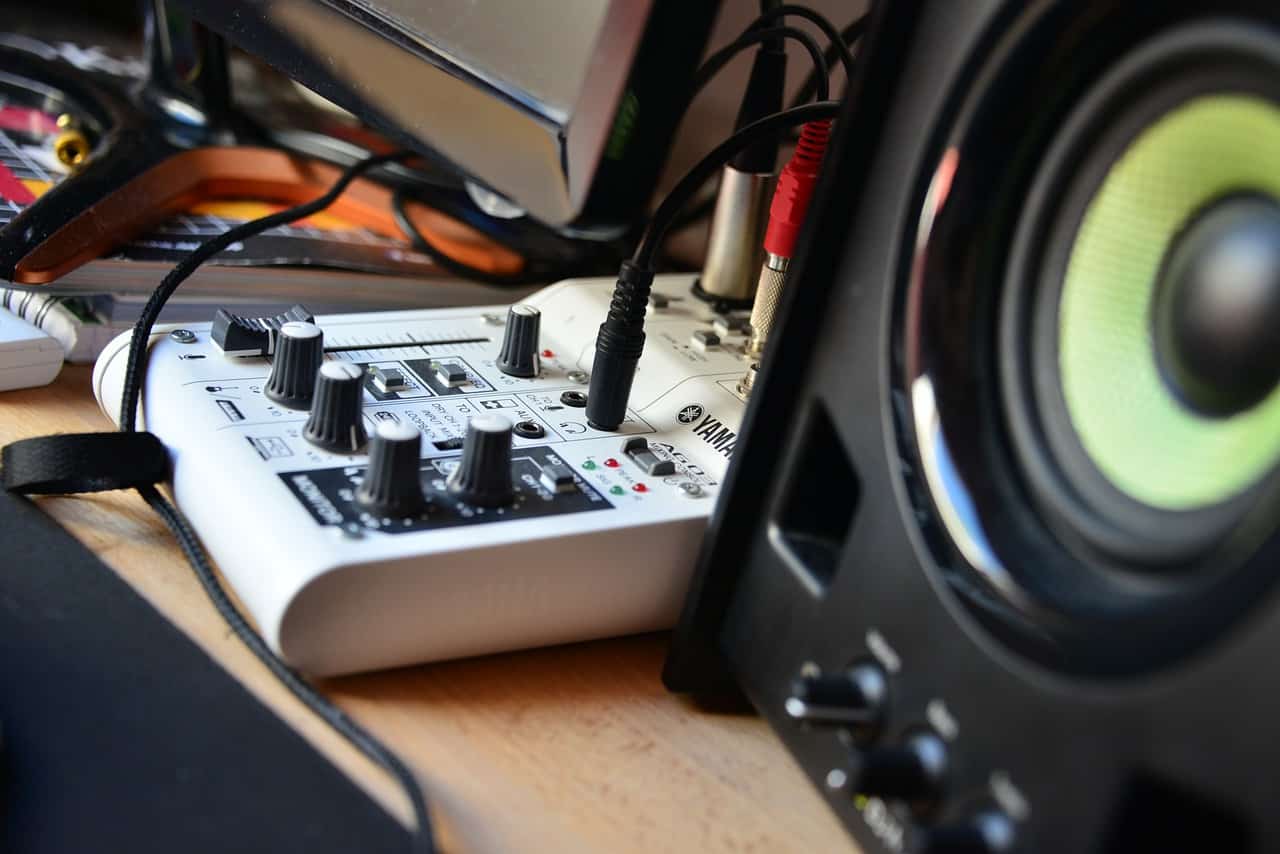
To clear up confusion and to highlight the need for an audio interface, let’s explore the instances that require the use of an audio interface to better understand their functionality and to help you determine if you should use such a device or not.
When Recording Instruments And Vocals
The primary use for audio interfaces is when recording instruments or vocals for music or other audio productions.
An audio interface is the easiest way to get an audio signal from a microphone or an instrument into recording software for recording or editing.
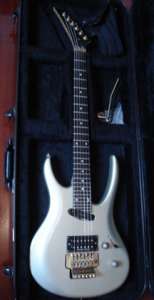
This method is the simplest, but it is also the most effective, as using a good audio interface can supply a condenser microphone with the phantom power that it needs to function, it can be used as a recording monitor, and it boosts the signal from instruments such as electric guitars to signal levels that are audible and usable for recordings.
Without using an interface, every audio signal run into a computer from a microphone or instrument will be too weak to use and will have to be boosted in the post, which can cause significant distortion and degradation of the audio quality.
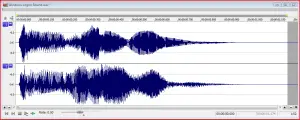
It is always best to use an audio interface for any type of digital recording, as this will produce the best, cleanest, most usable audio from any source.
When Using Instrument Or Vocal Effects
Another instance where using an audio interface is required is if you want to use your computer as an amplifier for vocals or for instruments, especially when you want to use audio effects on the sound from these inputs.

Buying an audio interface and using software for manipulating, editing, or effecting audio signals is far less expensive than buying an amplifier and preamps if you already own a computer that is capable enough for it.
This means that an audio interface coupled with a computer can become any type of amplifier for instruments, any type of preamp for microphones, and can be used to create any type of effect or sound with those instruments or microphones.
This is impossible with regular amplifiers and preamps, and this makes using an audio interface in this way a great opportunity for creativity and artistry that is provided by no other hardware or medium.
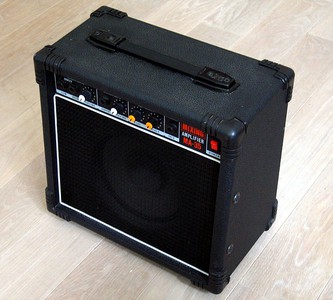
When Recording Podcasts
Using an audio interface is necessary when recording podcasts or using a microphone for any type of spoken recording. Most microphones produce audio signals that are not useable for recordings if they are simply run directly into a computer.
This means that the use of an interface with a good preamp and phantom power capabilities is imperative for recording content such as podcasts.

Regardless of the type of mic that you use, the audio from a microphone is not strong enough without the use of an interface to boost the signal and make it useable for a recording.
This makes using a good audio interface an essential piece of equipment for this type of content creation, and it makes the content itself significantly better for it.
When Streaming
Anyone who streams live will know that the audio is as important as the video. Without a good camera, none o the audience will be able to see you clearly, and without good audio, they will not be able to hear you well either.
If you have invested in a good camera for steaming, it is useless without a means of delivering good quality audio as well.

There is no better way to provide good quality audio for streaming than with an audio interface. If you are streaming a live musical performance, if you are streaming a spoken performance, or if you are simply hosting a chat, using an audio interface is the best way to provide clear audio from your microphone for the stream.
This means that audio interfaces do not only have to be used for recording purposes, but using an interface like this replaces the standard audio input of your computer with a much higher version that can be used for any audio purposes, even those outside of recording.
Using an interface can make even a very basic microphone sound significantly better and clearer, which is fundamentally important for streaming. Investing in a good interface is more important than using a very high-quality microphone, as a high-quality mic without an interface is useless.
When Participating In Conference Calls
If you are required to attend many conference calls on a regular basis, whether it be for work or for personal purposes, you can benefit significantly from the use of an audio interface for your conference calls.
An audio interface can be used for video calls or for VoIP audio calls, and either way, the use of an interface will produce drastically better audio quality, enabling those on the other end of the call or video chat to hear you with far more clarity than using the simple microphone built into your laptop.
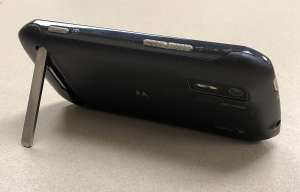
By using a basic audio interface and a simple microphone, your audio quality will drastically improve, making your voice easier to hear, clearer, and louder for anyone who may be listening to you.
This is helpful for business-related calls and for those video chats that are fun for friends as well. Using an interface makes these experiences far better and much less painful than using built-in microphones in computers and webcams.
When Creating Beats
Audio interfaces are not only required for recording instruments or audio from microphones but they are required for sending any high-quality or high-fidelity audio signal into a computer for any reason.
This includes making beats with the help of synthesizers, pads, or triggers of any kind. If your pad or synth does not have the ability to store audio files locally for export as digital audio files, then you will need some way of recording your beats or sounds if you want to use them for music.
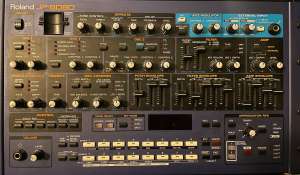
The only real way to do so is to use a good audio interface to convert the audio from your noisemaker to something that can be digitally recorded and stored.
All types of synthesizers, pads, and triggers can be used with an audio interface, and this is the most straightforward way to get usable audio from these devices without major problems.
Regardless of how you make music or sounds, the best way to get them recorded and stored is to use an audio interface, regardless of the purpose.
When Gaming
Anyone who is into gaming knows that audio is important. If you play any form of online game that requires you to communicate with other players, or if you record your sessions with audio and/or video, some form of audio interface can be a significant benefit to you.
It is true that if you use a gaming headset, you can use the built-in microphone for communication and recorded audio, but the sound card in your computer will only go so far for creating high-fidelity audio that can be used for recordings or for making your voice clearly audible for other players.
The combination of microphone and audio interface is a far better option for gamers than using a built-in headset mic, especially when recording sessions.

It is far better to invest in an affordable interface and microphone along with a good set of headphones than to buy an expensive gaming headset.
This will produce far better audio quality for your opponents and teammates to hear while providing far better audio for recordings and streams as well.
An audio interface can even be used with the microphone from a gaming headset, provided that the headset has a dedicated microphone output, which will provide much better audio than using a standard sound card input as well.
In this configuration, the audio interface will also act as a headphone preamp for your headphones as well, providing you will far better audio feedback than otherwise. This makes audio interfaces incredibly useful for gamers in many forms and configurations.
What Type Of Audio Interface Should You Use?
Now that we have established when audio interfaces are useful and necessary, it is important to consider which type of audio interface will be useful for you and which may be the best option for you.
There are many brands and models of audio interface available on the market right now, so we will not name them specifically, but we will rather focus on the types of interface to determine which will be the most useful for your purposes.
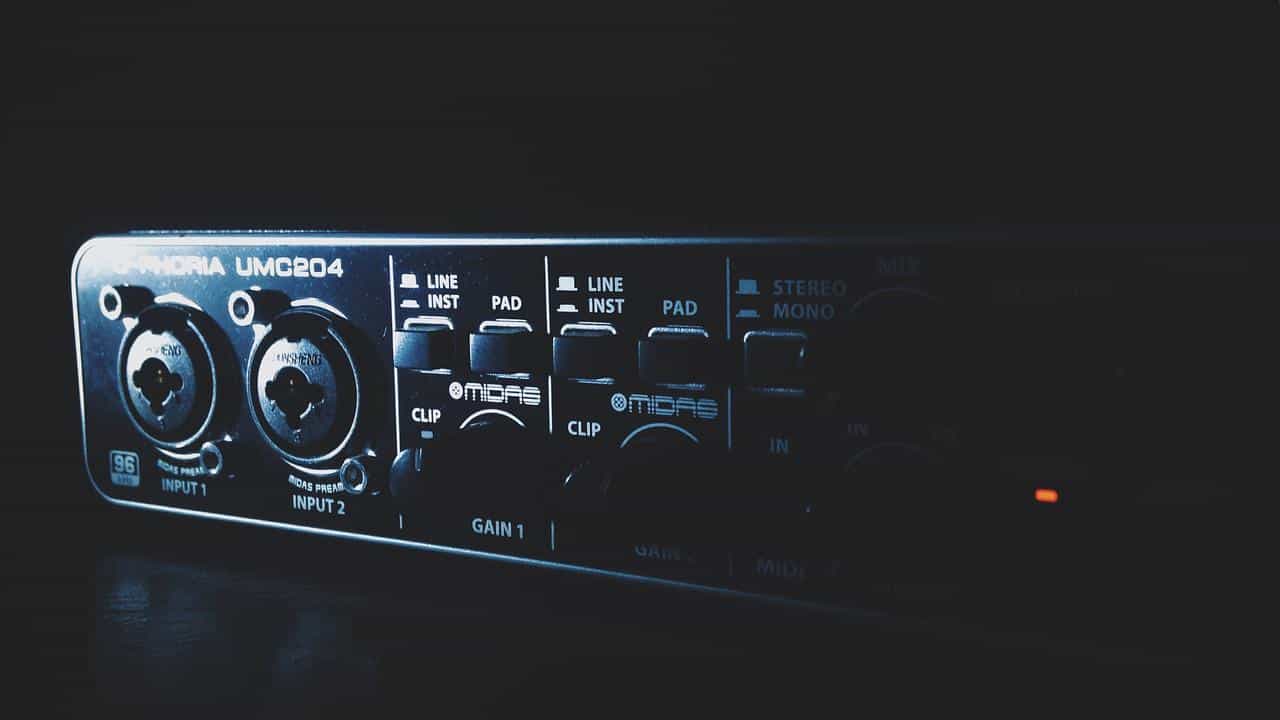
Before deciding which interface you will use, it is critical to understand what you will use it for and what you may use the interface for in the future.
If you are a multi-instrumentalist that has the ability to record multiple instruments and vocals in one recording session, then it may be worthwhile using an interface that has multiple channel inputs for recording multiple audio signals simultaneously.
This will allow you to record all of your instruments without having to unplug and reset and instead will allow you to create multiple channels for your instruments, making mixing and mastering far easier as well.
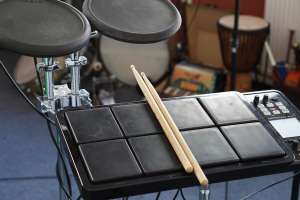
This is also true for recording podcasts and conversations with multiple microphones. Be sure to use an interface that provides you with as many recording channels as the number of microphones that you will use.
The type of gear that you use will also determine the interface that you should use. If you use condenser microphones that require phantom power, be sure to use an interface that can supply phantom power, or your microphones will not work.
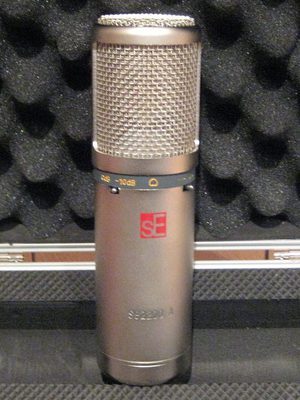
However, if all you want to use an interface for is recoding your voice while gaming or streaming, or if you simply want to have better quality audio for video chats and conference calls, the simple single-input interface is all you need.
Be sure to do the research and find the right interface for your own requirements before deciding which to buy. Rather save more and buy the interface that will serve you best than settle for an interface that will not meet all your needs but falls into your budget.
Conclusion
To answer the main question directly, “when do you need an audio interface?” you need an audio interface any time you want to record audio or run audio through a computer of any kind. This will always produce high-quality audio that is usable for any purpose.
Take the time to find the ideal interface for your requirements, and you will find that the audio that you can produce will far supersede the audio that you produced without it, vastly improving all of your audio requirements on every level.
You can find out which audio interfaces the pros use here.
You can learn about the difference between an audio interface and a mixer here.
